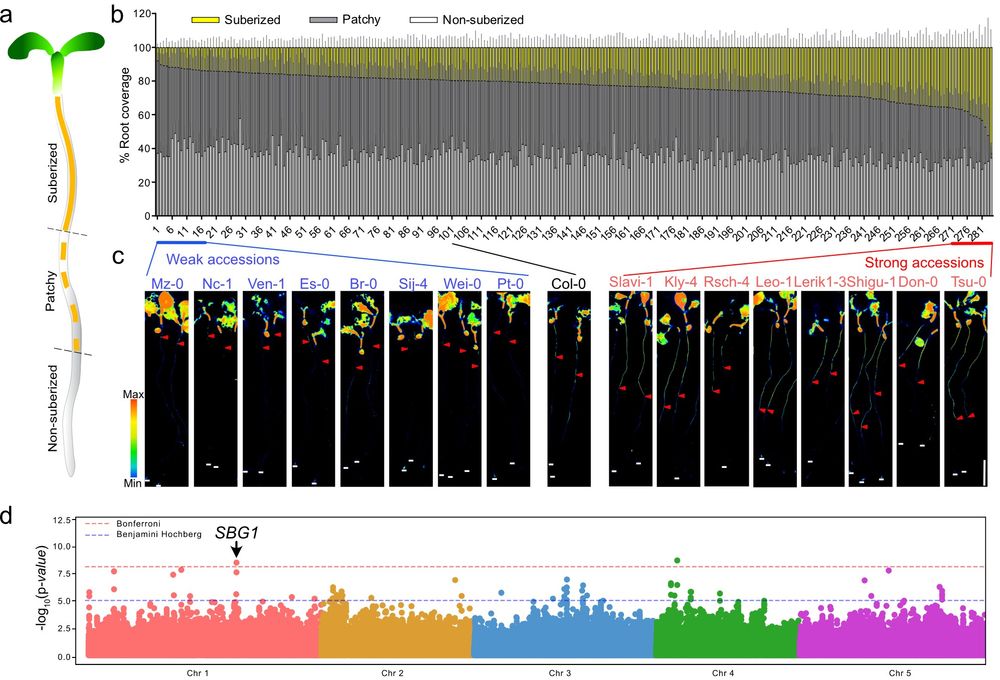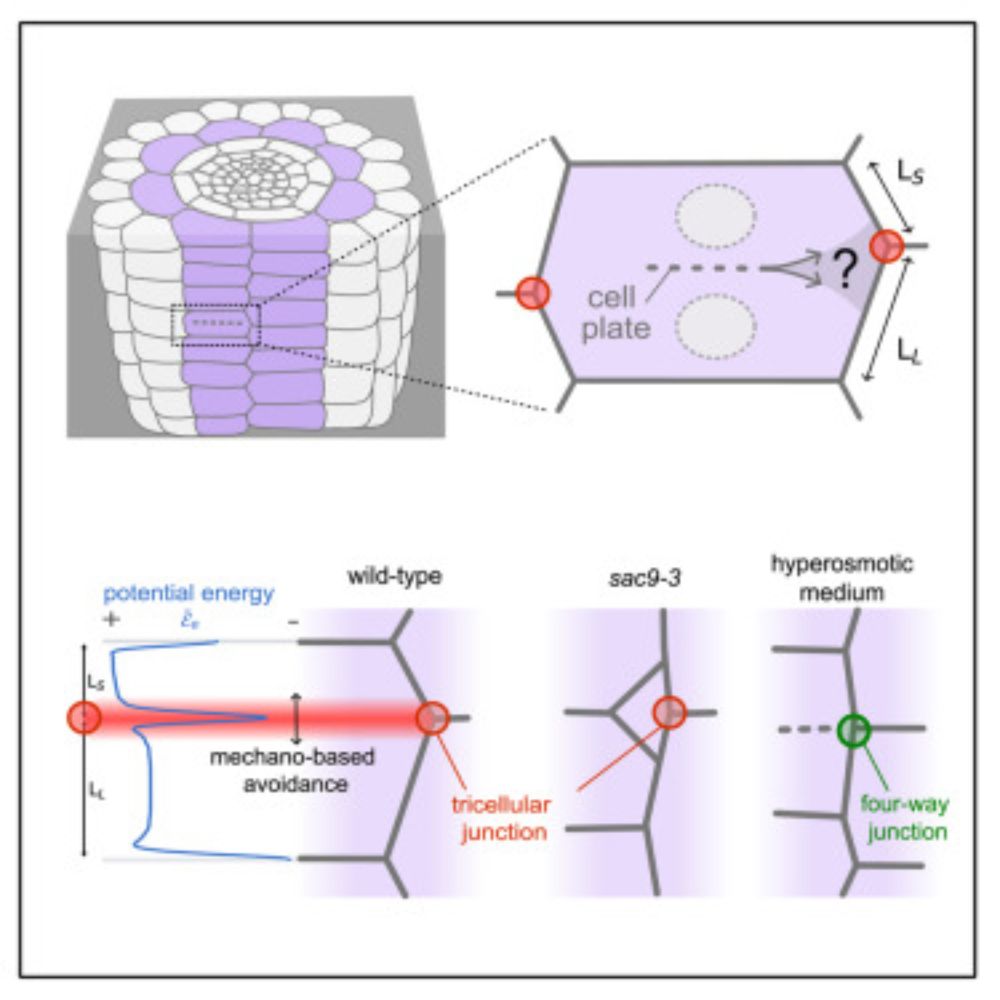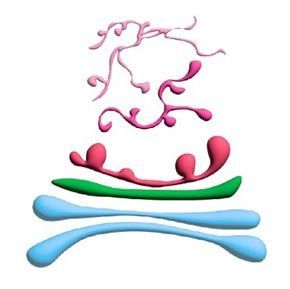www.biorxiv.org/content/10.1...

www.biorxiv.org/content/10.1...
dx.plos.org/10.1371/jour...

dx.plos.org/10.1371/jour...
The manuscript is @emma-raven.bsky.social's PhD work showing that whether a leaf is a carbon sink or a carbon source influences how they execute immune responses.
Have a read!
#PlantScience
@johninnescentre.bsky.social
The manuscript is @emma-raven.bsky.social's PhD work showing that whether a leaf is a carbon sink or a carbon source influences how they execute immune responses.
Have a read!
#PlantScience
@johninnescentre.bsky.social

Using #cryoET, #AlphaFold & proteomics, we uncover the native organization of plant intercellular nanopores.
🔗 doi.org/10.1101/2025...
🧪🧵1/n
#teamtomo #PlantScience #Physcomitrium #Arabidopsis #cryoEM

Using #cryoET, #AlphaFold & proteomics, we uncover the native organization of plant intercellular nanopores.
🔗 doi.org/10.1101/2025...
🧪🧵1/n
#teamtomo #PlantScience #Physcomitrium #Arabidopsis #cryoEM
@lbm-bordeaux.bsky.social @rdplab.bsky.social

@lbm-bordeaux.bsky.social @rdplab.bsky.social

If you ever wonder how four-way junctions are avoided during plant cell division, some answers here 🧬🍀🔬🧪🤓
👇
www.sciencedirect.com/science/arti...

If you ever wonder how four-way junctions are avoided during plant cell division, some answers here 🧬🍀🔬🧪🤓
👇
www.sciencedirect.com/science/arti...
„Transport of phenoxyacetic acid herbicides by PIN-FORMED auxin transporters“ www.nature.com/articles/s41.... A collaboration between my group and @bjornppedersen.bsky.social led by the magic duo @lukas-schulz.bsky.social and @unglam.bsky.social

„Transport of phenoxyacetic acid herbicides by PIN-FORMED auxin transporters“ www.nature.com/articles/s41.... A collaboration between my group and @bjornppedersen.bsky.social led by the magic duo @lukas-schulz.bsky.social and @unglam.bsky.social
@yohannboutte.bsky.social et ses collaborateurs ont identifié un nouveau compartiment cellulaire chez les plantes, inconnu jusqu’ici !
Une avancée qui ouvre la voie à de nouvelles recherches sur le développement des plantes ! 🌿

@yohannboutte.bsky.social et ses collaborateurs ont identifié un nouveau compartiment cellulaire chez les plantes, inconnu jusqu’ici !
Une avancée qui ouvre la voie à de nouvelles recherches sur le développement des plantes ! 🌿

